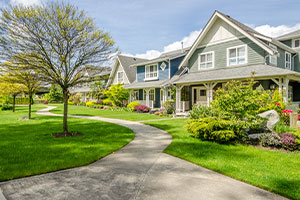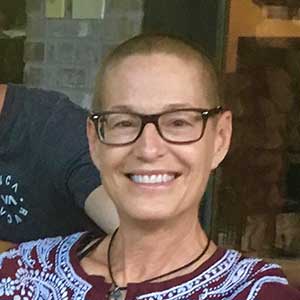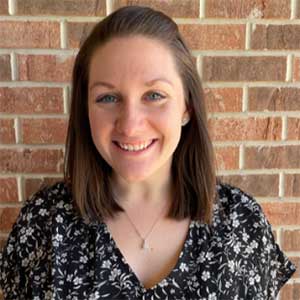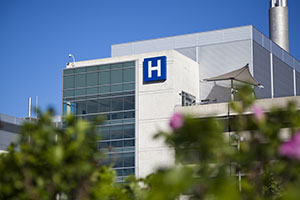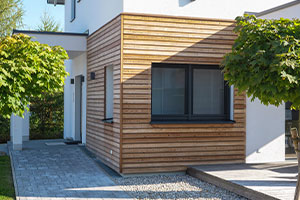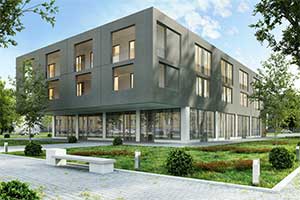Skip To Rehab Listing
Even so, for individuals struggling with substance abuse problems, Atwater can also offer solutions in the form of 25 alcohol and drug rehab facilities designed to help clients in their treatment.
Drug and Alcohol Rehab Methods and Settings
Atwater area residents who struggle with addiction have multiple rehab settings available to them, including the following: long term drug and alcohol rehab facilities, outpatient individual counseling, short term drug and alcohol rehab programs, inpatient rehab facilities, detox facilities.
These treatment programs make alcohol and drug rehab easy to access, with convenient locations and numerous different treatment approaches from which to choose, such as those listed here: group therapy, brief intervention approach, 12-step facilitation approach, substance abuse counseling approach, behavior modification, vocational rehabilitation services.
Special Programs for Drug and Alcohol Treatment
Alcohol and drug addiction affects every person differently. In order to accommodate these differences and offer more tailored treatment, addiction treatment programs in Atwater provide a number of special programs for clients such as: clients with HIV/AIDS, residential beds for client's children, persons who have experienced sexual abuse, programs for the hearing impaired, domestic violence, housing services.
Patients who feel they may benefit from these special programs can explore them with the treatment facility in order to get support that is meant to maximize the likelihood of lasting sobriety.
Treatment Payment Options
Residents of Atwater come from varied financial situations, making it vital for rehab centers to provide many payment options that put rehab within financial reach. Clients can expect to get payment alternatives at nearby drug and alcohol rehab centers such as the following: private medical insurance, cash or self-payment, medicaid, medicare, sliding fee scale, other state funds, state corrections or juvenile justice funds.
Regardless of a patient's economic status, finances should not be a barrier to rehab. Alcohol and drug rehab centers guide people through their financing alternatives and help them find a way to afford their treatment.
The goal of varied rehab centers, methods, programs, and payment options is that treatment for drug and alcohol abuse is accessible for as many individuals who need it.
Commonly Asked Questions about Addiction and Treatment
What is the purpose of drugs such as methadone, suboxone and subutex in the recovery process?
Methadone, Suboxone (a combination of buprenorphine and naloxone), and Subutex (buprenorphine) are medications used in Medication-Assisted Treatment (MAT) for opioid use disorders. Their primary purpose in the recovery process is to help manage withdrawal symptoms and reduce cravings, facilitating a safer, more comfortable transition to abstinence or long-term management of the disorder. Here's a more detailed look at how each of these medications function:
Methadone: Methadone is a long-acting opioid agonist, which means it activates the same receptors in the brain that other opioids like heroin, morphine, or prescription painkillers do. However, it does so more slowly and for a longer duration, without causing the intense euphoria associated with misuse of those drugs. This helps to mitigate withdrawal symptoms and cravings, enabling individuals to function more normally in daily life.
Suboxone: Suboxone contains two active ingredients: buprenorphine and naloxone. Buprenorphine is a partial opioid agonist, meaning it activates the opioid receptors in the brain, but to a lesser extent than full agonists like heroin or methadone. This can help manage cravings and withdrawal symptoms without producing the high associated with opioid misuse. Naloxone is an opioid antagonist, meaning it blocks the effects of opioids. It's included in Suboxone to discourage misuse of the medication; if someone tries to inject Suboxone, the naloxone will trigger withdrawal symptoms.
Subutex: Subutex is the brand name for buprenorphine alone. Like in Suboxone, buprenorphine in Subutex serves to lessen withdrawal symptoms and reduce cravings. It is typically used in the initial stages of treatment, while Suboxone is more commonly used for maintenance.
These medications are typically used as part of a comprehensive treatment plan that also includes counseling and behavioral therapies. It's important to note that while these medications can be highly effective in supporting recovery, they should be used under the guidance of a healthcare provider due to the risk of misuse and potential side effects. Each individual's treatment plan should be tailored to their unique needs and circumstances to ensure the best possible outcomes.
What are relationship risk factors for drug and alcohol abuse?
Several relationship factors can increase the risk of developing a drug or alcohol abuse problem. These include:
- Peer Pressure: One of the most significant relationship risk factors, particularly among young people, is pressure from friends or peers to use substances. This can lead to experimental use, which can progress to misuse or addiction.
- Family History of Substance Abuse: Growing up in a family where substance misuse or addiction is present can increase the risk of developing similar problems. This can be due to both genetic factors and the modeling of substance use behaviors.
- Abusive or Dysfunctional Relationships: People who are in abusive or highly stressful relationships may turn to drugs or alcohol as a form of self-medication or escape.
- Enabling Behaviors: If a person's substance use is consistently enabled or excused by their partner, family, or friends, it can perpetuate a pattern of misuse and make it harder for them to recognize or address their problem.
- Isolation or Lack of Social Support: People who feel socially isolated or lack supportive relationships may be more prone to substance abuse. Drugs or alcohol can sometimes be used as a way to cope with feelings of loneliness or disconnection.
- Normalization of Substance Use: In some social or cultural contexts, frequent or heavy substance use may be considered normal or acceptable, which can increase the risk of abuse and addiction.
- Co-dependency: In co-dependent relationships, one person may depend on the other's drug or alcohol problem just as the substance user depends on the substance, creating a cycle that can exacerbate the problem.
What is a typical day like in an inpatient drug rehab?
Inpatient drug rehab provides a structured environment for individuals recovering from substance use disorders. The specific details of a typical day can vary between facilities, but most will follow a general schedule that includes therapeutic activities, meals, free time, and sleep. Here's a rough outline of what a day in an inpatient rehab might look like:
Morning:
- Wake Up: Residents typically wake up early to start their day. Some facilities may offer morning activities like yoga or meditation to help residents start their day in a calm and mindful way.
- Breakfast: A healthy meal is provided to start the day. This is also a time for social interaction with other residents.
- Group Therapy or Counseling: After breakfast, residents often participate in a group therapy session. This could be a general therapy session or a specific type of therapy such as Cognitive Behavioral Therapy (CBT) or Dialectical Behavior Therapy (DBT).
Afternoon:
- Lunch: After morning therapy sessions, residents will have lunch, often followed by a short break.
- Therapies: The afternoon is typically filled with various therapeutic activities. These could include individual counseling, specialized therapies (like art or music therapy), or educational sessions about addiction and recovery.
Evening:
- Dinner: In the evening, residents will have dinner, which, like all meals in rehab, is typically designed to promote overall health and wellness.
- Evening Group Session: Many rehab centers host an evening group session, which might be a support group, a 12-step meeting, or another form of group therapy.
- Free Time: After the day's structured activities, residents usually have some free time. They might use this time to relax, read, journal, or socialize with other residents.
- Bedtime: To ensure adequate rest, lights-out times are typically enforced.
Throughout the day, residents may also have scheduled times for medication (if applicable), physical exercise, and meeting with their treatment team. The goal of this structured daily routine is to provide a stable, supportive environment that promotes healing and recovery.
It's important to note that the exact schedule and types of activities will vary between different rehab centers and individual treatment plans. When choosing a rehab center, it can be helpful to ask about the daily schedule and types of therapies offered to ensure it aligns with your needs and preferences.
